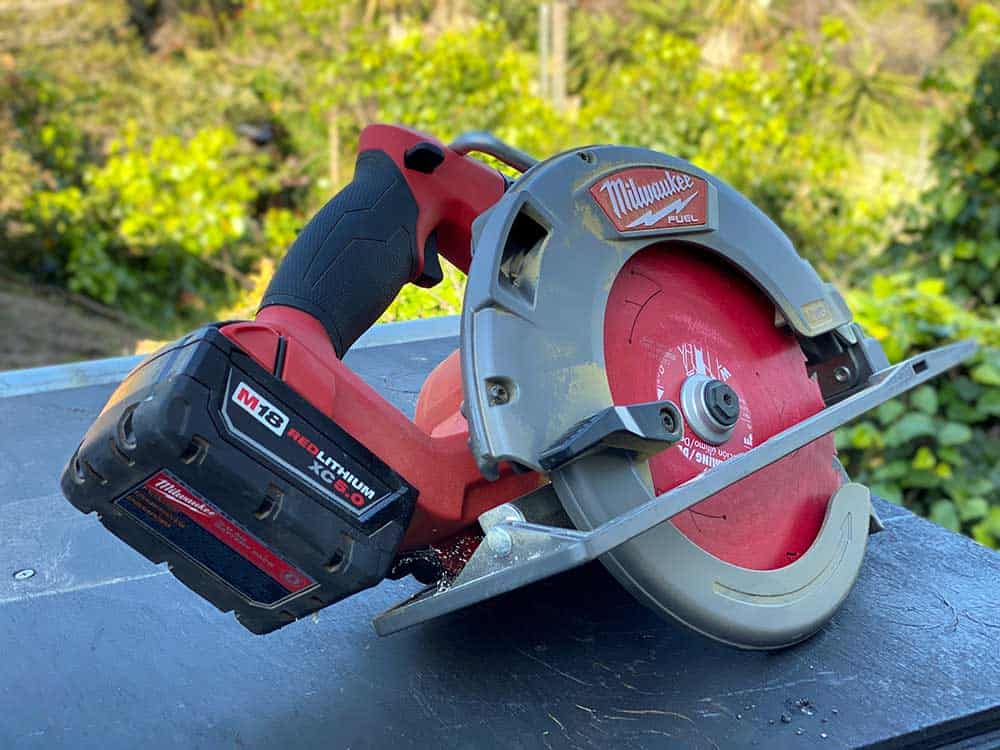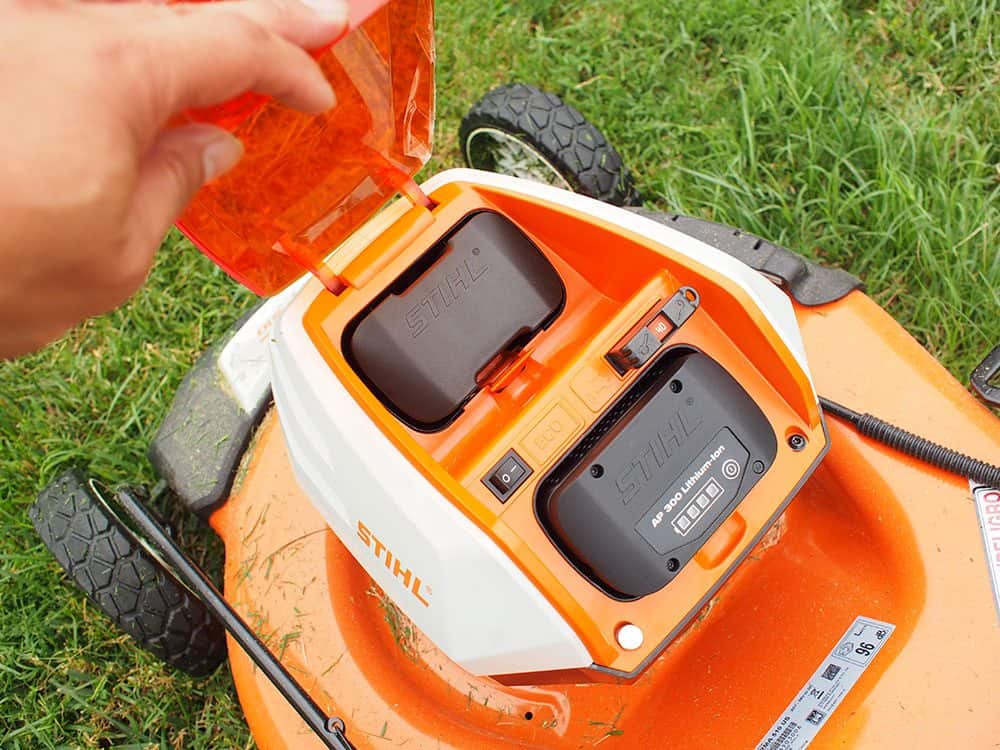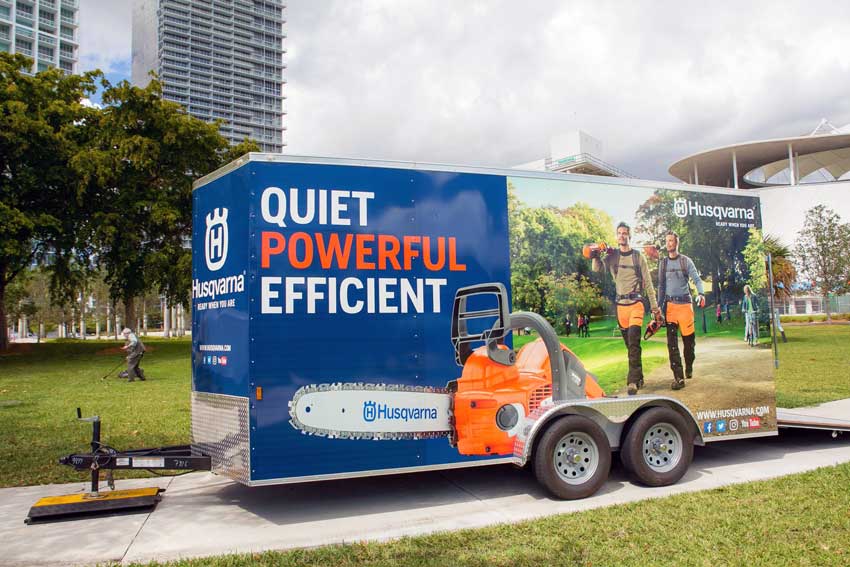
Tools can harbor all types of germs, bacteria, and viruses, which is why it’s important to regularly clean them. Especially if a tool is used by multiple people per day like at a job site, mechanics garage, or workshop.
The best way to protect yourself is by wearing gloves and not touching your face. After removing your gloves you should still wash your hands. If you must touch your tools with bare hands the guidelines below will ensure your tools are clean.
Milwaukee Tool has shared the following protocol for properly cleaning tools that do NOT have blood or visible bodily fluids on it. This protocol is subject to the recommendations of the Centers for Disease Control (CDC), OSHA, and those of state and local health departments. Please follow the applicable guidelines of these agencies.
▪ People handling tools should wash their hands or use a proper hand sanitizer before and after use to help prevent contamination.
▪ People handling tools should be properly trained and protected using necessary Personal Protective Equipment (PPE).
▪ Clean tools with mild soap, a clean damp cloth, and, as needed, an approved diluted bleach solution only. Certain cleaning agents and solvents are harmful to plastics and other insulated parts and shouldn’t be used.
▪ Milwaukee does not recommend cleaners that have conductive or corrosive materials, especially those with ammonia. Some of these include gasoline, turpentine, lacquer thinner, paint thinner, chlorinated cleaning solvents, ammonia and household detergents containing ammonia.
▪ Never use flammable or combustible solvents around tools.
Cleaning Options
1. MILD SOAP & REST
▪ If no blood was present on the product, it can be cleaned with mild soap and a damp cloth to remove the fluids and then left to rest for 3 days. This is based on CDC advisement that the virus may live on plastic surfaces for up to 72 hours, which suggest that the virus would no longer be harmful after the resting period. After this, the tool can be cleaned again. *Recommended for batteries
2. MILD SOAP & DILUTED BLEACH SOLUTION
▪ If no blood was present on the product, it can be cleaned with a mild soap and damp cloth to remove dirt and grease and then decontaminated with a diluted bleach solution, which is consistent with CDC advise. The full diluted bleach cleaning procedure can be found below. *Not recommended for batteries
PROCEDURE
1. Clean the product surface with mild soap and water to remove dirt and grease.
2. Dip a clean cloth into the dilute bleach solution.
3. Wring out the cloth so it is not dripping wet.
4. Gently wipe each handle, grasping surfaces, or outer surfaces with the cloth, using care to ensure liquids do not flow into tool.
5. No other cleaning material should be used as the diluted bleach solution should never be mixed with ammonia or any other cleanser.
6. Allow the surface to dry naturally.
7. The cleaner should avoid touching their face with unwashed hands and should immediately wash their hands after this process.
A properly diluted bleach solution can be made by mixing:
▪ 5 tablespoons (1/3rd cup) bleach per gallon of water; or
▪ 4 teaspoons bleach per quart of water
NOTE: If blood was on the product, advance cleaning is needed. Follow established Bloodborne Pathogen protocols for your business. Under OSHA requirements, anyone required to perform this type cleaning should be trained in Bloodborne Pathogens and the use of the necessary PPE for this work.


